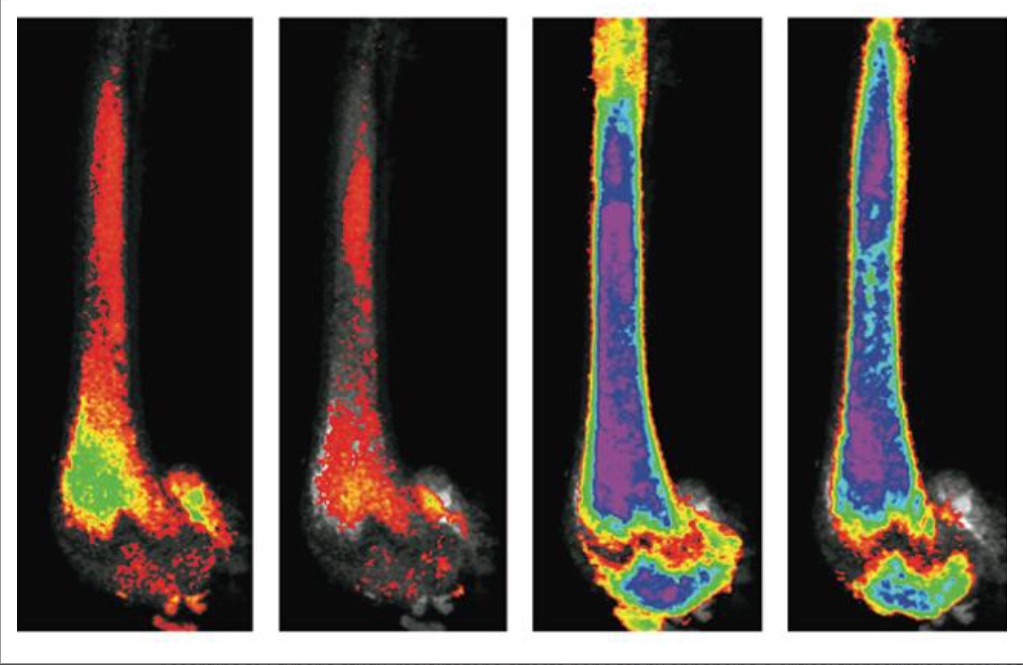A new study in the March issue of the Journal of Food Science, published by the Institute of Food Technologists, reported that two specific genes (TAS2R38–a bitter taste receptor and CD36–a possible fat receptor), may play a role in some people’s ability to taste and enjoy dietary fat.
CHICAGO—While high-fat foods are thought to be of universal appeal, there is actually a lot of variation in the extent to which people like and consume fat. A new study in the March issue of the Journal of Food Science, published by the Institute of Food Technologists, reported that two specific genes (TAS2R38–a bitter taste receptor and CD36–a possible fat receptor), may play a role in some people’s ability to taste and enjoy dietary fat. By understanding the role of these two genes, food scientists may be able to help people who have trouble controlling how much fat they eat.
Most food scientists acknowledge that the texture of fat plays a big role in how fat is perceived in the mouth. For example, ice cream is typically “rich, smooth and creamy.” And certain fats, scientists have determined, can be detected by smell. Only recently have food scientists explored that most fats have a taste too. Researchers are now investigating the gene (CD360) that is responsible for detecting the taste of fats (fatty acids) in the mouth.
In the recent Journal of Food Science study, investigators from the New York Obesity Research Center focused on one ethnic group to limit genetic variation that could reduce the ability to detect associations with the genes of interest. They determined the fat preferences and CD36 status of more than 300 African-American adults. The investigators identified a genetic variant present in 21 percent of the African-Americans that was associated with higher preferences for added fats and oils (e.g. salad dressings, cooking oils, etc). They also found study participants with this genetic variance ranked Italian salad dressings creamier than those who have other genotypes.
The other gene explored by these investigators, TAS2R38, is the receptor for bitter taste compounds. About 70 percent of U.S. adults and children are “tasters” of these compounds, while the remaining 30 percent are “nontasters.” Results indicate that nontasters of these compounds tend to be poor at discriminating fat in foods; therefore individuals who can’t detect fat’s presence may consume higher fat foods to compensate. This is in part due to the fact that nontasters have fewer taste buds than tasters. While researchers recognize that the cause of obesity is multifaceted, they continue to examine the role of these genotypes in weight management.
Genetic testing within the food industry may not be too far off. Once studies like these are more fully developed, there may be a role for genotyping study participants when it comes to testing a new product. For example, a company wanting to test out a dressing may include people with different genes relating to fat perception in order to get a more accurate opinion. In addition, the food industry will be able to create different kinds of foods for certain populations.







